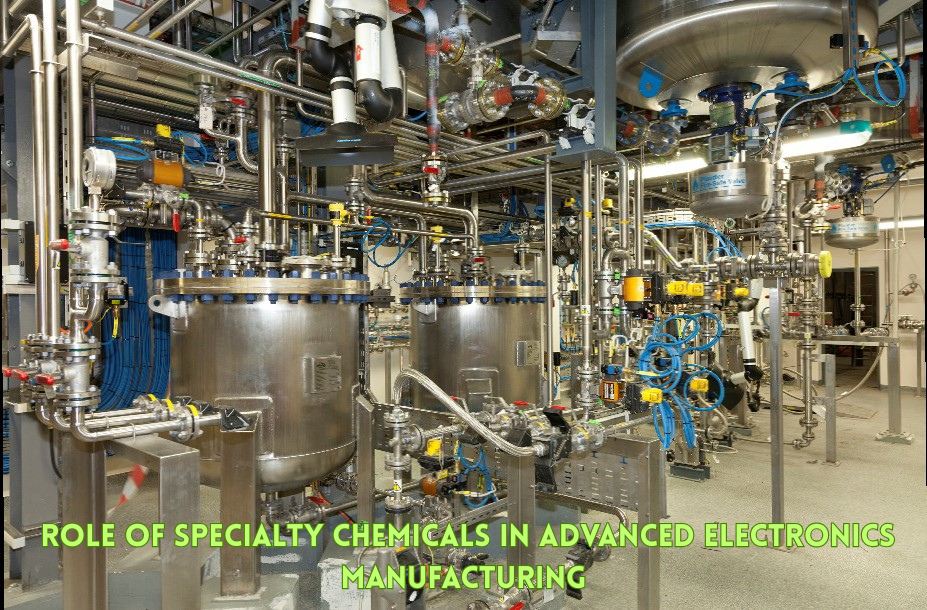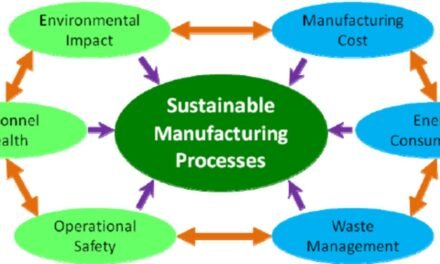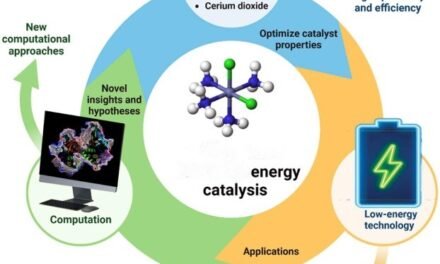Specialty chemicals play a crucial role in advanced electronics manufacturing, enabling the production of high-performance devices by supporting processes, materials, and innovations that enhance functionality, miniaturization, and sustainability. These chemicals contribute at every stage of electronics manufacturing, from raw material processing to final assembly, ensuring the efficiency, durability, and performance of electronic components and systems. Here’s a detailed look at their role:
1. Materials for Semiconductors
- Photoresists and Lithography Materials:
- Essential for creating intricate patterns on semiconductor wafers through photolithography.
- Examples:
- Positive and negative photoresists, spin-on-glass coatings, and anti-reflective coatings.
- Etchants and Developers:
- Chemicals used to etch and develop precise circuit patterns on wafers.
- Examples:
- Hydrofluoric acid, plasma etching gases (e.g., CF₄, SF₆), and alkaline developers.
- Deposition Materials:
- Specialty chemicals enable thin-film deposition processes like chemical vapor deposition (CVD) and atomic layer deposition (ALD).
- Examples:
- Precursors like silane, tungsten hexafluoride, and aluminum oxide.
2. Advanced Packaging and Interconnects
- Electroplating Chemicals:
- Used for creating conductive layers in microchips and interconnects.
- Examples:
- Copper sulfate and palladium solutions for conductive traces and vias.
- Adhesives and Encapsulants:
- Specialty adhesives bond components, while encapsulants protect chips from environmental factors.
- Examples:
- Epoxy resins and silicone-based materials.
- Soldering Chemicals:
- Lead-free soldering fluxes and pastes ensure strong electrical connections in compliance with environmental regulations.
3. Printed Circuit Boards (PCBs)
- Laminates and Prepregs:
- Specialty chemicals are integral to the production of high-performance PCB materials with excellent thermal and electrical properties.
- Examples:
- Epoxy resins and phenolic compounds for multilayer boards.
- Copper Clad Preparation:
- Chemicals clean and prepare copper surfaces for optimal conductivity and adhesion.
- Examples:
- Microetching solutions and anti-tarnish coatings.
- Conductive Inks:
- Used in flexible PCBs and wearable electronics.
- Examples:
- Silver and carbon-based conductive inks.
4. Display Technologies
- OLED and LCD Materials:
- Specialty chemicals enable the fabrication of advanced displays for smartphones, TVs, and monitors.
- Examples:
- Organic light-emitting compounds, liquid crystals, and alignment materials.
- Quantum Dots:
- Specialty chemicals enable quantum dot technology for high-resolution, energy-efficient displays.
- Example:
- Cadmium-free quantum dots for environmentally friendly displays.
- Coatings:
- Anti-glare, scratch-resistant, and hydrophobic coatings improve display durability and user experience.
5. Energy Storage and Power Electronics
- Battery Materials:
- Specialty chemicals are key to the production of lithium-ion and next-generation batteries.
- Examples:
- Lithium hexafluorophosphate (LiPF₆) electrolytes, nickel-manganese-cobalt (NMC) cathodes, and silicon anodes.
- Thermal Management Materials:
- Heat dissipation materials ensure the performance and longevity of batteries and power systems.
- Examples:
- Thermal greases, phase-change materials, and advanced polymers.
6. Advanced Sensors and MEMS
- Piezoelectric Materials:
- Enable sensors and actuators in microelectromechanical systems (MEMS).
- Example:
- Lead zirconate titanate (PZT).
- Etchants and Coatings:
- Used in the fabrication of MEMS components for precision and protection.
- Example:
- Plasma etching gases and passivation coatings.
7. Wearable Electronics and Flexible Devices
- Conductive Polymers:
- Flexible and lightweight materials for wearable electronics.
- Examples:
- Polyaniline and PEDOT:PSS.
- Barrier Coatings:
- Protect flexible displays and circuits from moisture and oxygen.
- Examples:
- Organic and inorganic hybrid coatings.
8. Cleaning and Surface Preparation
- Specialty Cleaners:
- Chemicals remove organic and inorganic contaminants from surfaces, ensuring optimal performance.
- Examples:
- Isopropyl alcohol (IPA), acetone, and ultrapure solvents.
- Plasma Cleaning:
- Removes residues and improves adhesion in semiconductor and PCB manufacturing.
9. Thermal Management
- Heat Dissipation Materials:
- Specialty chemicals enable efficient heat transfer in high-power electronics.
- Examples:
- Thermal interface materials (TIMs), liquid metal alloys, and phase-change materials.
- Dielectric Fluids:
- Used in cooling systems for electronic components and servers.
10. Environmental and Regulatory Compliance
- Low-VOC Materials:
- Development of low-VOC adhesives, coatings, and cleaning agents to meet stringent environmental standards.
- Lead-Free Soldering:
- Specialty chemicals comply with RoHS (Restriction of Hazardous Substances) regulations.
11. Advanced Manufacturing Techniques
- Additive Manufacturing:
- Specialty chemicals for 3D printing of electronic components and prototypes.
- Examples:
- Conductive inks and photopolymers for additive electronics manufacturing.
- Hybrid Integration:
- Materials for integrating photonic and electronic components in high-speed systems.
12. Key Challenges and Opportunities
- Miniaturization:
- Specialty chemicals enable the production of smaller, faster, and more efficient components.
- Sustainability:
- Development of eco-friendly materials and processes to reduce the environmental footprint.
- Cost Efficiency:
- Innovations in production processes and materials to reduce costs without compromising performance.
13. Future Trends
- Green Electronics:
- Specialty chemicals that are recyclable, biodegradable, and derived from renewable sources.
- Quantum Computing Materials:
- Advanced materials for quantum dots, superconductors, and cryogenic systems.
- AI and IoT Integration:
- Specialty chemicals designed for high-speed, low-power devices in AI and IoT applications.
- Flexible and Wearable Tech:
- Growth in conductive and flexible materials for emerging applications like e-textiles and health monitoring devices.
Conclusion
Specialty chemicals are integral to advanced electronics manufacturing, enabling innovation and meeting the growing demand for high-performance, sustainable, and miniaturized devices. From semiconductors to flexible electronics, these chemicals continue to push the boundaries of what’s possible in electronics, shaping the future of technology.
Hashtags
#SpecialtyChemicals #ChemicalsInElectronics #AdvancedElectronics #ElectronicsChemistry #HighTechMaterials #TechInElectronics #InnovativeChemicals #SmartMaterials #ElectronicsInnovation #NextGenElectronics #SemiconductorChemicals #DisplayTechnologyMaterials #BatteryChemistry #PrintedCircuitBoards #OptoelectronicsMaterials #EcoFriendlyElectronics #SustainableChemicals #GreenElectronicsManufacturing #EnergyEfficientMaterials #LowCarbonTech #ElectronicsMarketGrowth #SpecialtyChemicalsIndustry #HighTechManufacturingTrends #FutureOfElectronics #GlobalElectronicsTrends

















